These 2024 home remodel trends are here to stay – here's how to try them
I read every major publication’s 2024 home remodel predictions, and these are the trends I think will be here to stay after January.

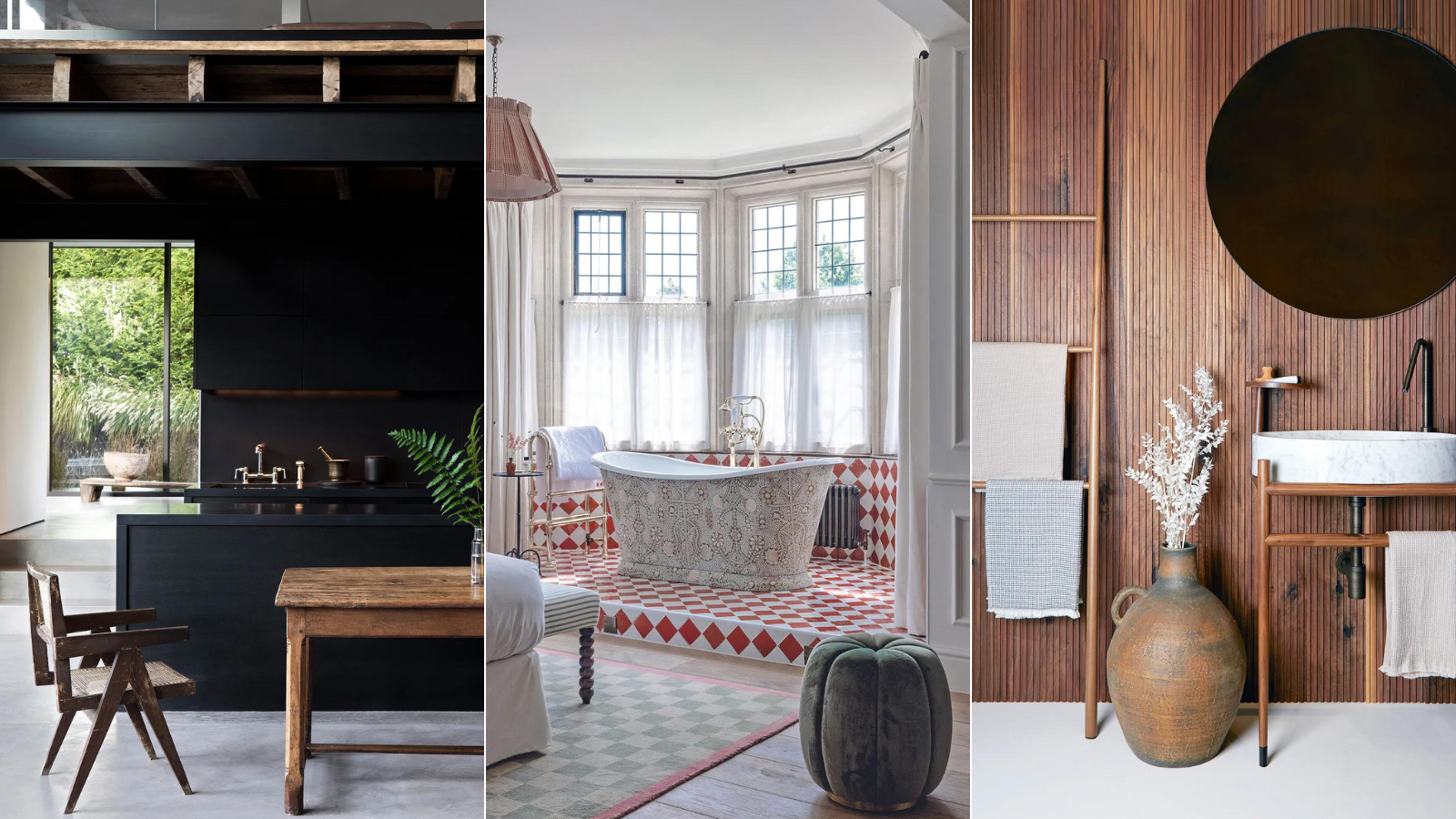
As 2024 continues to unfold, it’s starting to become clear which predicted home remodel trends are here to stay and which are merely fleeting fancies.
From a resurgence of traditional design to embracing smart home tech, this year, we should try to embrace trends that blend comfort with functionality and cater to our evolving lifestyle needs. We should also let go of 'core' trends and leave behind renovation projects that serve only to devalue our homes.
So, after scrolling through hundreds of online predictions – and consulting the experts – I've chosen six key home innovations and renovation trends that will continue to shape our living spaces in 2024.
Home renovation trends that are here to stay
Whether you are planning a full-scale home renovation or a simple kitchen remodel, below are the trends worth exploring this year.
1. Goodbye open-plan spaces, hello broken-plan homes
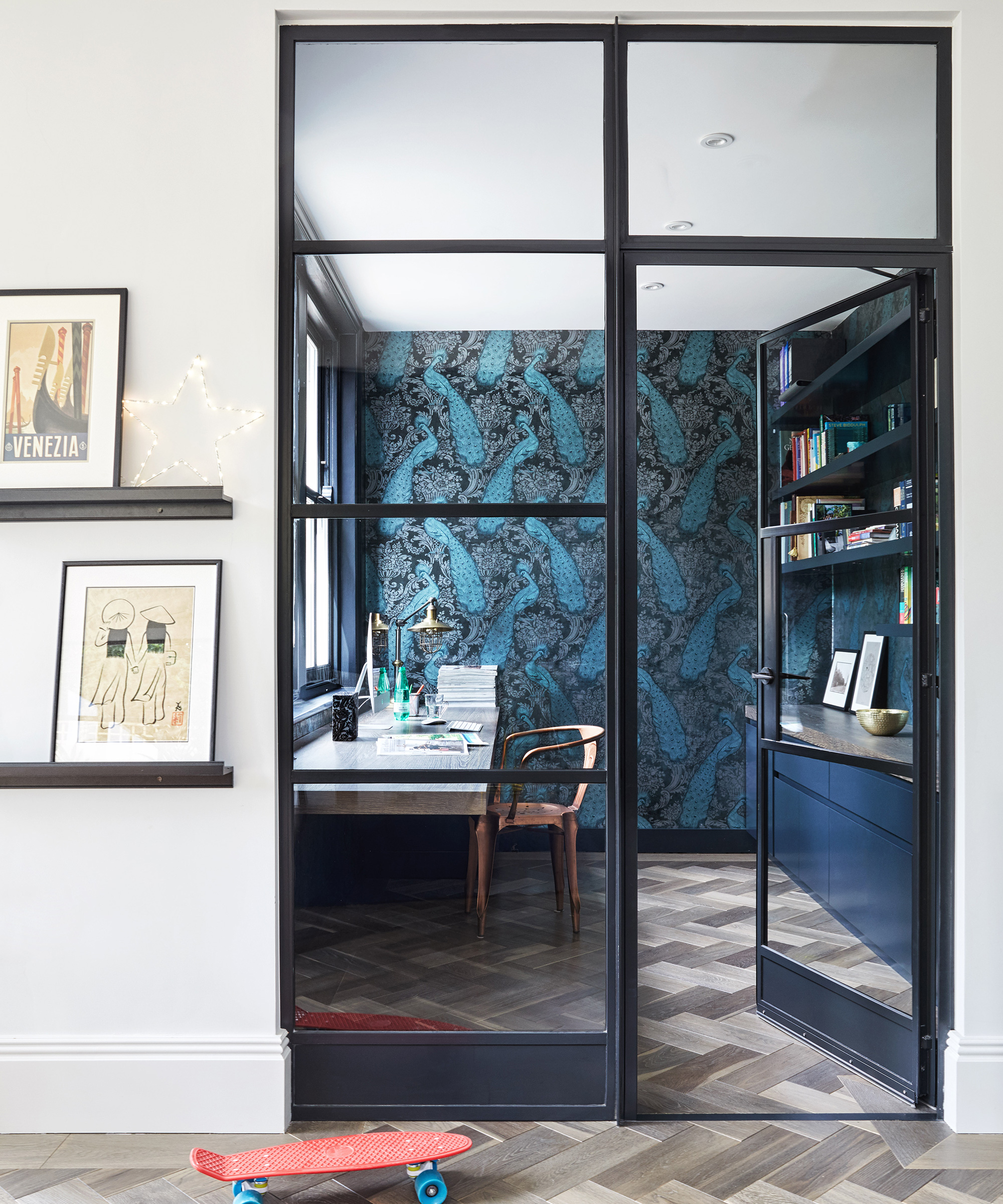
A home office off of a broken-plan kitchen allows for light and connection – but also separation
This year, we're saying goodbye to open-plan spaces and welcoming back the charm of distinct, purposeful rooms.
'We’re seeing the traditional home structure come back into play as open concepts fade out in favor of designated rooms,' says Dan Mazzarini, Principal and Creative Director of BHDM Design and ARCHIVE.
Try not to think of this trend as building walls in your home but as creating spaces that cater to your household's varied needs. This might be curating your own quiet reading nook or finally getting around to building that home bar setup you've coveted for years.
Design expertise in your inbox – from inspiring decorating ideas and beautiful celebrity homes to practical gardening advice and shopping round-ups.
Convert an open-plan living room into a broken-plan space by defining areas through the clever placement of bookshelves, stylish partitions, or even changing flooring to subtly delineate spaces. Consider installing crittall doors or internal windows for a touch of elegance – these clever additions can separate spaces while maintaining the visual connection.
Let decor and paint color reflect the purpose of these newly created spaces, such as utilizing a serene palette for relaxation zones or opting for color-drenched social zones.

Dan Mazzarini is an award-winning interior designer, principal director at BHDM Design and founder of Archive by Dan Mazzarini. With an extensive portfolio of residential projects across the US, Dan has also worked with several renowned brands such as the Harvard Club of New York, Google, Ralph Lauren, Kate Spade, and Calvin Klein.
2. Wood panels and wooden accents

There’s no doubt that wooden accents and wood paneling are making a resounding comeback in 2024. Wood is a truly timeless material and is a simple way to bring a slice of the outdoors inside (more on that below).
To take advantage of this trend, start by considering where wood can make the biggest impact in your home. You could try installing a wooden accent wall in a living room, opt for shaker panels in your bedroom, or transform a small bathroom with wainscoting. Wood paneling isn't just for walls either; consider installing wooden ceilings or a unique kitchen backsplash to bring a touch of rustic charm to your home.
'Homeowners should consider installing engineered wood flooring in their small kitchens,' recommends Yolande Meyers, North America Purchaser of Havwoods. 'These floors not only create a warm and calming aesthetic, but if you extend the wood flooring into your living or dining room, it's a great way to make your kitchen look bigger.'
Smaller wooden accents can be just as impactful. You could jump on the bookshelf wealth trend and build a custom wood shelving unit for your books and trinkets. Similarly, you could make a beautifully crafted wooden coffee table the focal point of your room or showcase cherished artwork in wooden frames. In the kitchen, a butcher block island can be a functional and visually stunning addition, especially if you’re embracing the modern farmhouse aesthetic.
3. Smart Home Technology
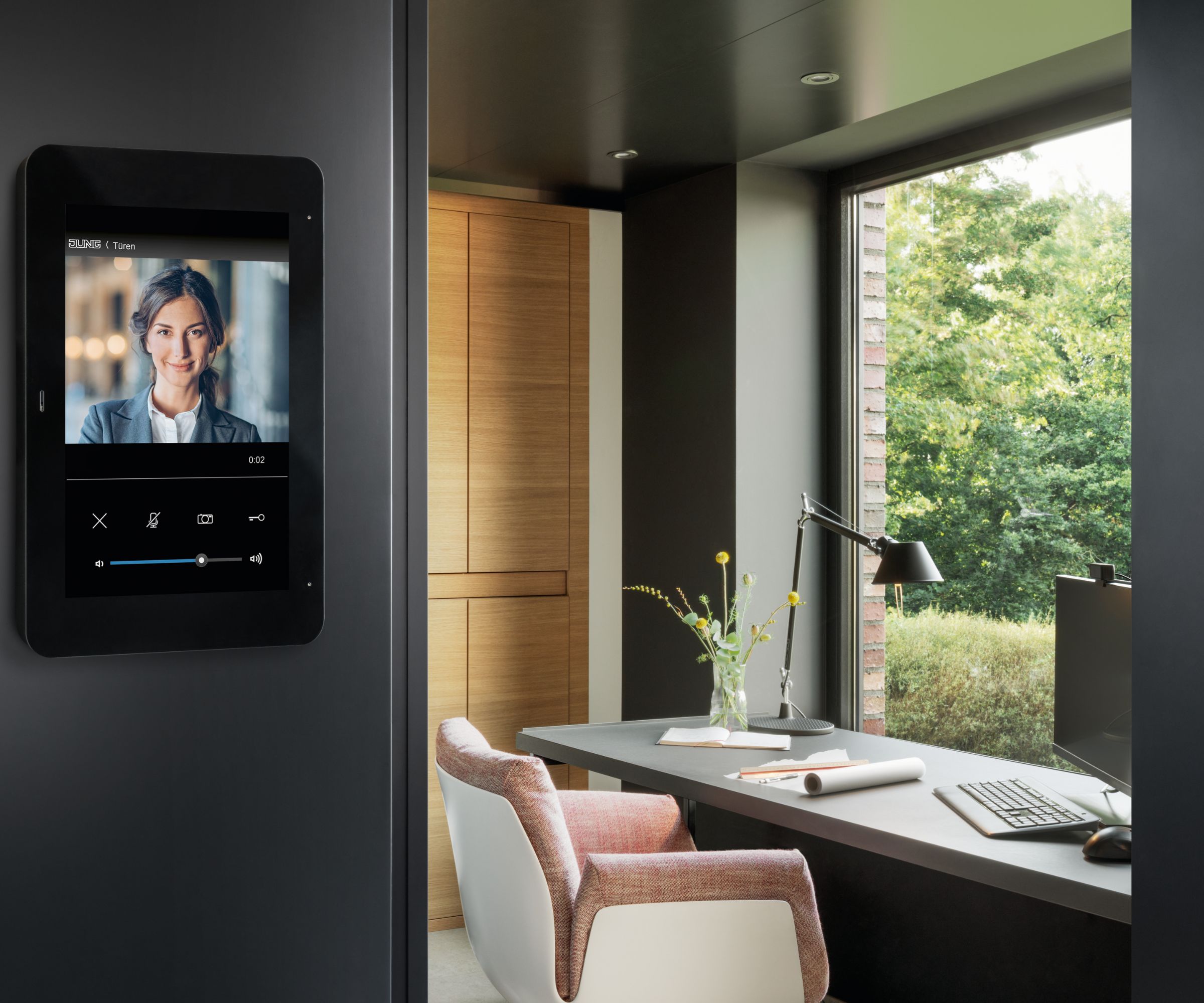
Smart home technology is no longer reserved for tech enthusiasts. Anyone looking to make life a little easier should consider upgrading their homes with the latest smart features.
If you want to dip your toes into this trend, start with something simple, like smart lighting that listens to your voice commands or a smart thermostat that adjusts the temperature of your home to save energy. It's also worth upgrading your home security system with easy-to-install cameras and sensors to keep an eye on things when you're away.
Smart Home Hub Electric Door Locks
$110.16 at Wayfair
If home security is a priority, consider replacing your existing door lock with these secure keyless door locks. Set up unique 6-8 digit codes for complete peace of mind.
4. Healthy home upgrades
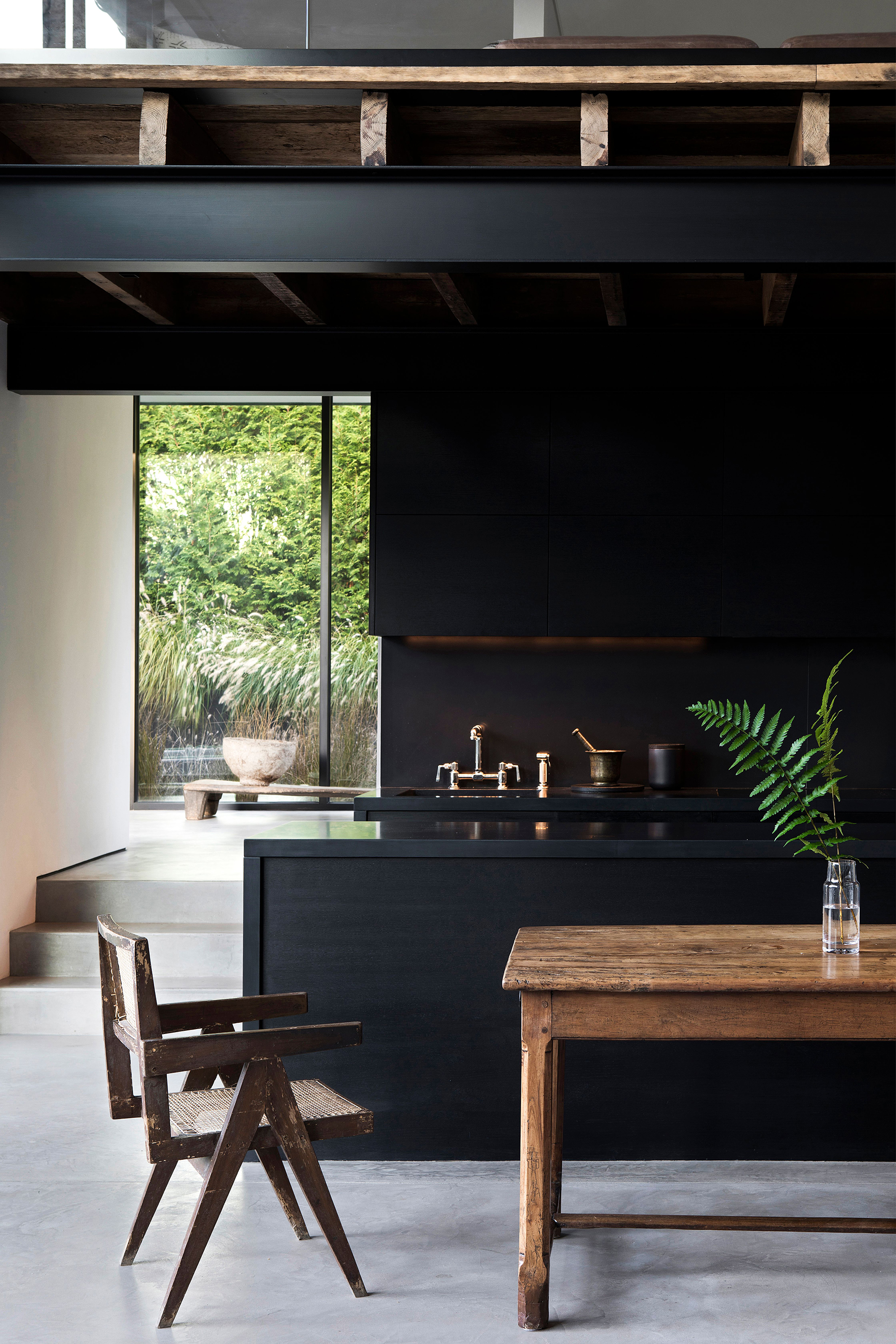
As the nation becomes more health conscious, we should expect to see this reflected in the layout of our homes and our material choices throughout.
A simple way to introduce healthy home upgrades is to opt for eco-friendly paints and building materials when remodeling spaces. You could also strategically place the best dehumidifiers and air purifiers around your home to keep indoor air quality fresh and toxin-free.
If you're feeling more hands-on, you could make 2024 the year you install a water filtration system in your home to enjoy purer drinking water straight from the tap.
You could also roll up your sleeves and try crafting a living wall in your home or backyard. Or simply consider decorating with houseplants; they're not just pretty to look at, they're also proven to boost your mood.
5. Inside-outside living
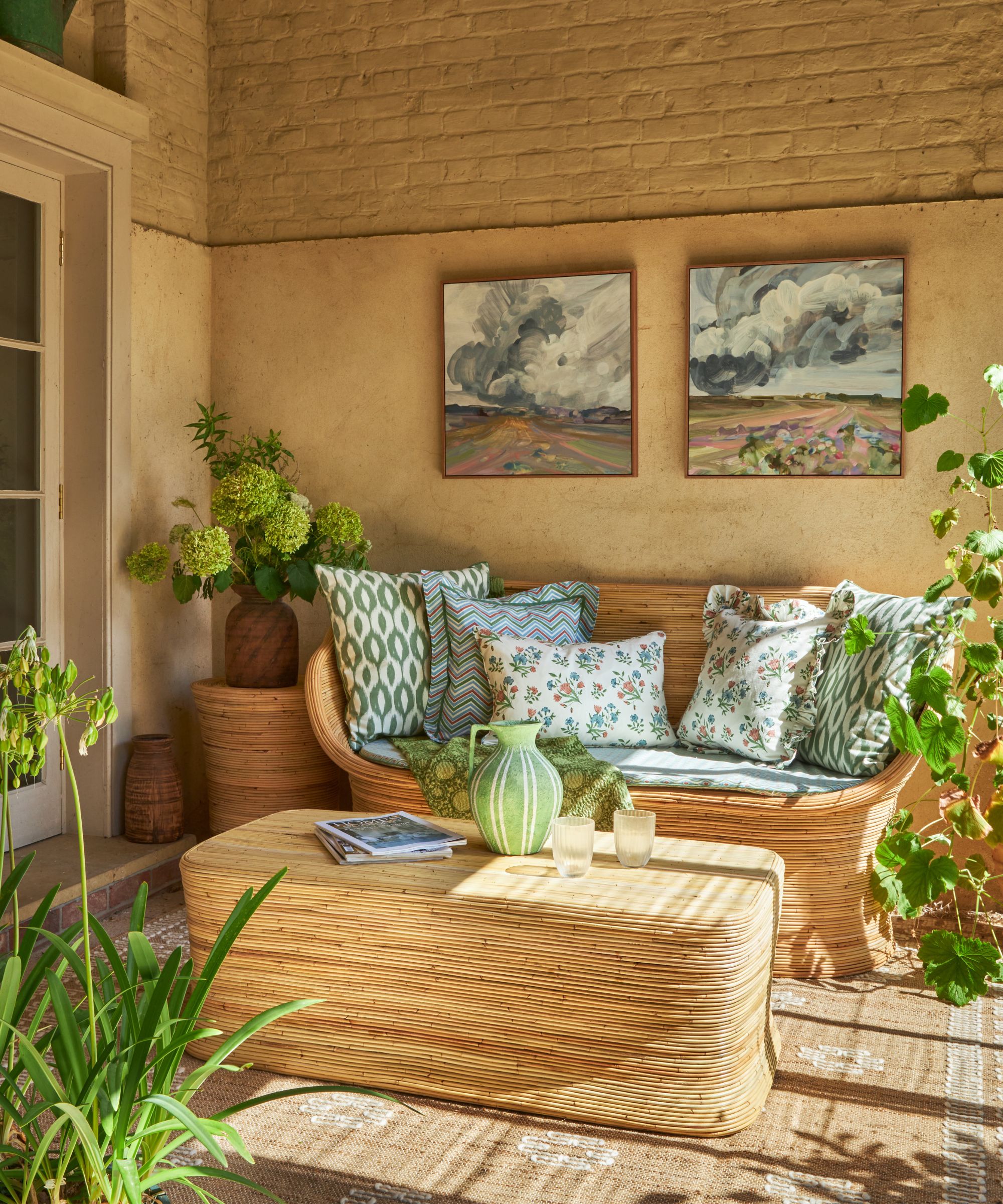
As we move through 2024, the line between our indoor and outdoor spaces will increasingly become blurred. The trend of indoor-outdoor living is set to be big this year, and it's all about creating spaces that encourage relaxation and a deeper connection with nature (starting with your own backyard).
When remodeling, a good place to start is by opting for large glass doors that let in natural light and offer views of the greenery outside. Think about extending your indoor style to your outdoor space with similar color schemes and natural materials such as rattan, bamboo, or wood.
Adding a covered area outside, like a pergola, invites you to enjoy the outdoors, rain or shine. And for those with a green thumb, now might be a good time to try your hand at planting a small indoor herb garden.
6. Zoning with color and materials
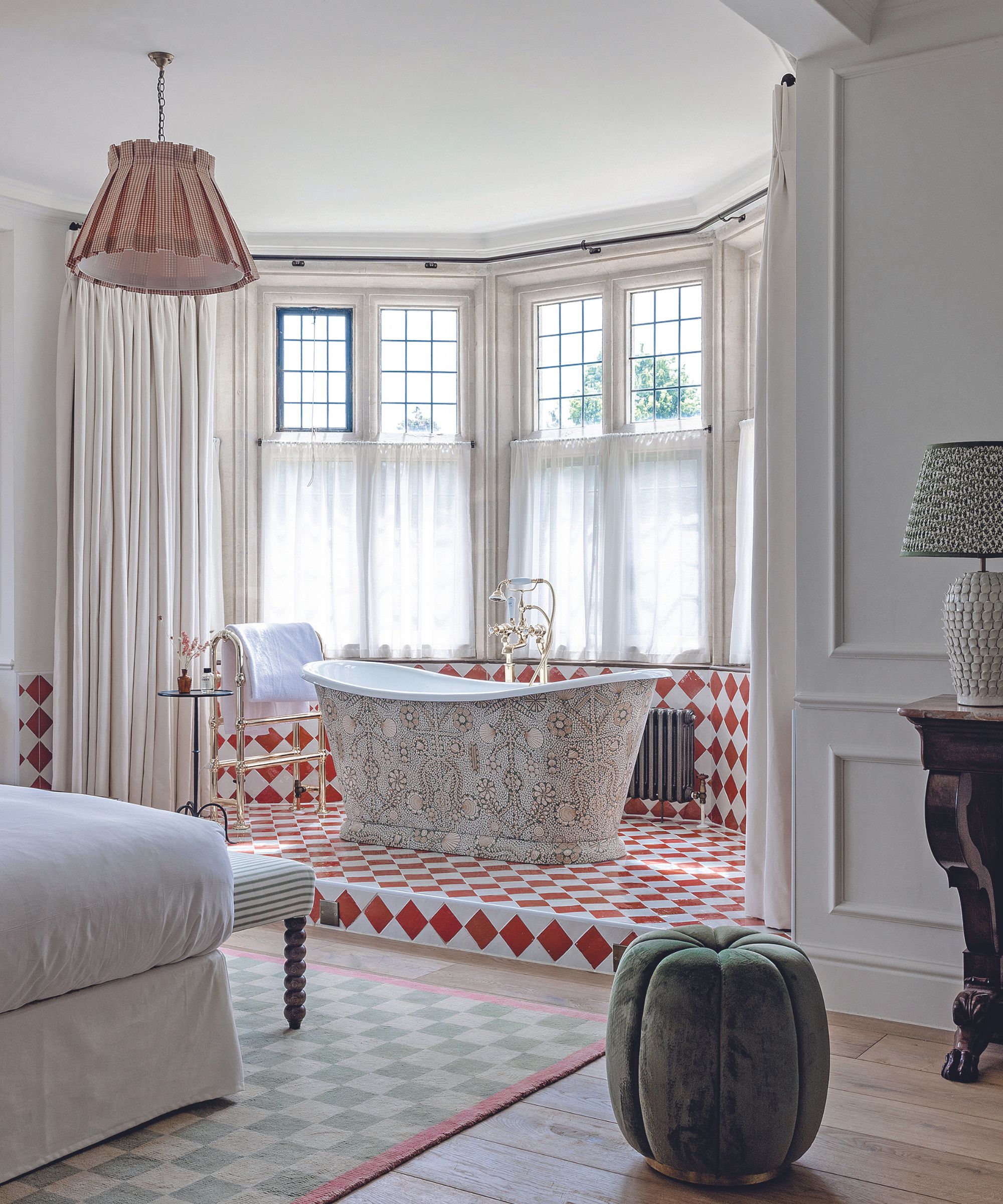
Finally, expect zoning within homes to take a front seat in 2024, especially when it comes to remodeling bathrooms and kitchens. Similar to broken-plan schemes, this approach is about defining different areas of your home, not with walls, but with thoughtful design and material changes.
Flooring plays a pivotal role in zoning. Consider using different materials or patterns to distinguish areas. For example, in an open-plan apartment, opt for hardwood floors in your designated living space and transition to tiles to delineate the kitchen-dining space.
'Playful wood flooring patterns like herringbone and chevron are coming back,' predicts Philip Consalvo, Principal of PJCArchitecture. You could vary the direction of these patterns to visually separate spaces without breaking the cohesive feel.

Philip J. Consalvo has over 25 years of professional practice experience covering a range of design projects in New York and New Jersey. In 1998 he established PJCArchitecture, an award-winning Manhattan-based architecture firm whose projects include residential and commercial spaces on the East Coast.
Changes in ceiling design can also delineate zones. A raised or coffered ceiling over the dining area, for instance, can create a sense of intimacy while keeping it open to the adjacent living space.
Another effective zoning technique is the strategic placement of columns or half-walls. These elements can mark the boundaries of different zones, like a kitchen island defining the start of the kitchen area from the living space.
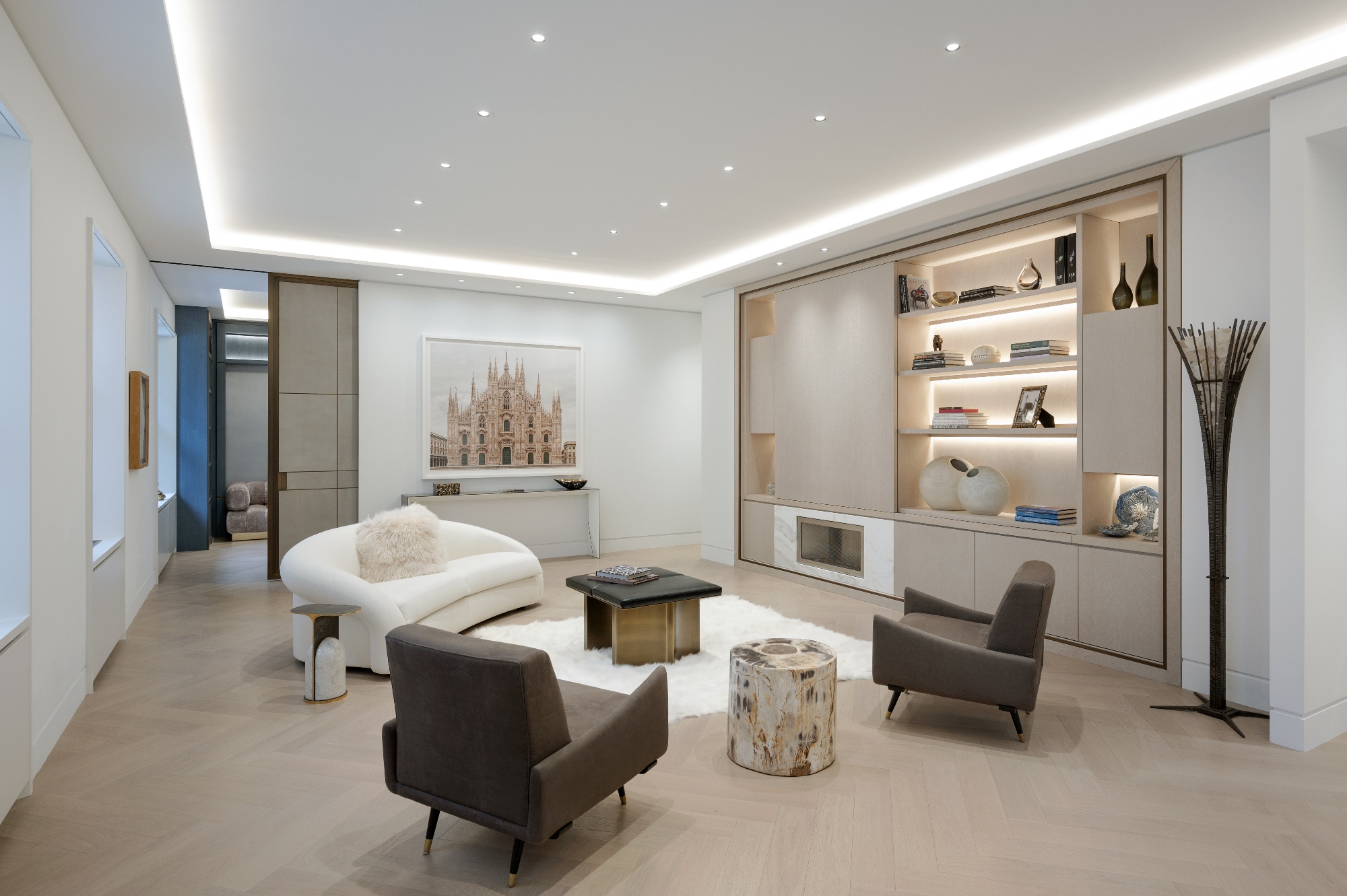
Lighting is also a key tool in zoning, as different lighting styles and intensities can create varied ambiance in each zone. Pendant lights over a dining table, recessed lighting in the kitchen and soft floor lamps in the living area can all define their respective spaces.
'We will continue to see an interest in very minimal cove lighting, as well as grazers or indirect lights that wash the wall,' adds Philip Consalvo. 'Cove lighting creates a visual trick to make ceilings appear higher than they actually are. They are warm and set a nice mood — but it’s important to note that there is a fine line where they can start looking too commercial'.
While discerning homeowners rarely jump on 'trends', it's always worth considering how eco-home improvements or renovations projects can impact the value of your home and improve your lifestyle.

Gabriella is a freelance contributor for Homes & Gardens. She is a DIY enthusiast and a lover of all things interior design, often found antiquing or browsing the aisles of her local hardware store. She has a particular passion for historic buildings and is in the process of renovating a Victorian coachhouse in the countryside.
For much of the past decade, Gabriella has worked as a freelance writer, crafting copy for national publications and renowned homeware brands. Most recently, she worked for Homebuilding & Renovating Magazine and is the former Head of Solved at Homes & Gardens, focusing on case studies for the magazine and website, as well as writing features about issues surrounding historic and listed building projects.
